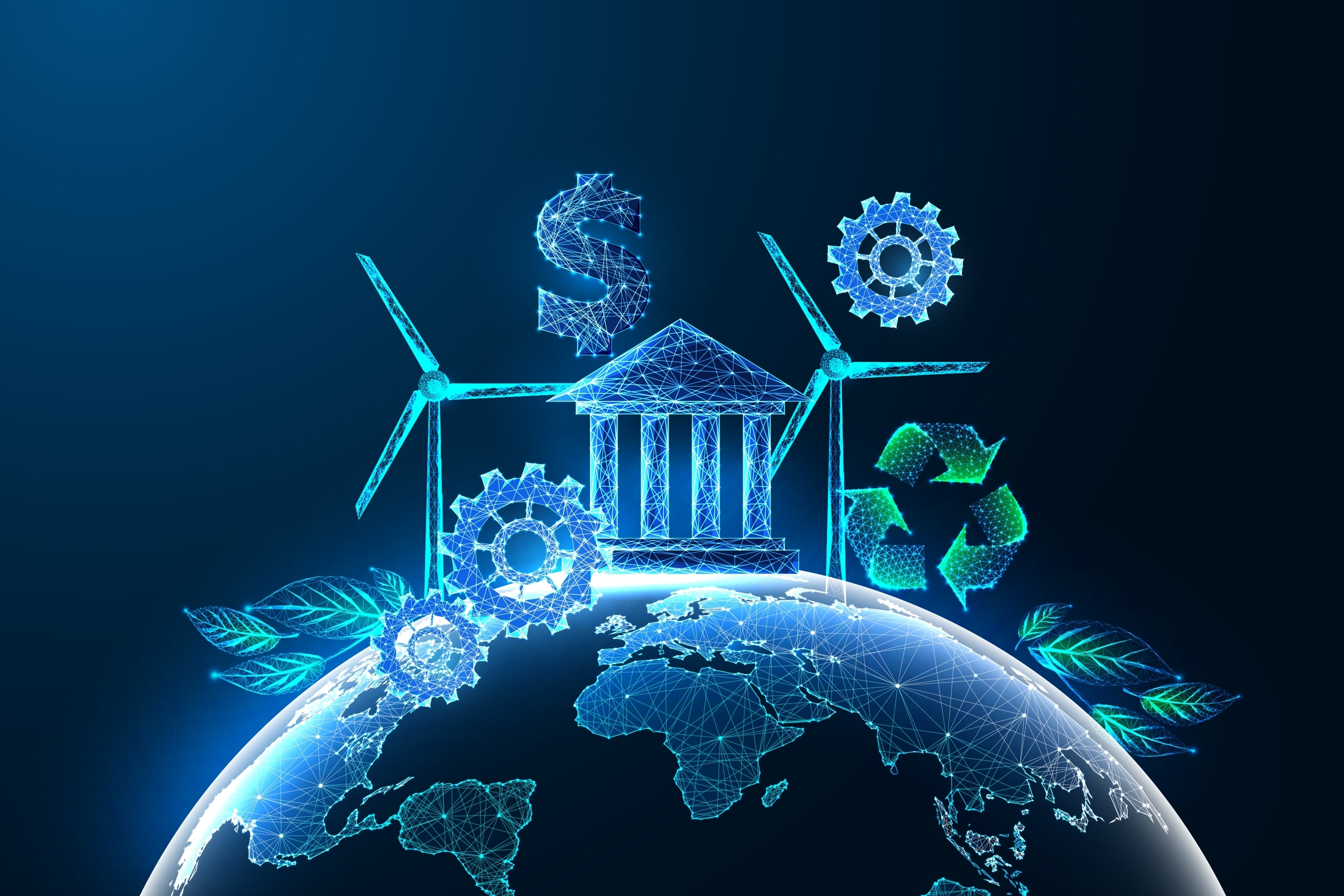The real estate industry is facing great challenges due to a weakening economy, political uncertainties, geopolitical risks, high interest rates, changed user needs, and stricter requirements from supervisory authorities and regulators. And climate change presents a complex challenge for the whole industry too. The real estate sector must play a key role in the task of achieving the EU climate goal of climate neutrality by 2050. At any rate, climate risks are also business risks for the real estate sector. Extreme weather events can have a direct impact on properties through damage, rising insurance costs and higher risk premiums when negotiating credit terms. And climate change is not an abstract scenario somewhere in the future, but is already reality: 2024 was the warmest year since weather records began in 1850, while the global average temperature exceeded the 1.5-degree mark for the first time.
Climate mitigation measures as a driver of value
However, the urgency of ecological management is not only justified as a way to make buildings more resilient to future climate events. In fact, a well-conceived environmental, social and corporate governance (ESG) strategy safeguards the long-term competitiveness of the buildings. Technologies such as photovoltaics, smart metering, building management with integrated artificial intelligence (AI) improve the energy efficiency of our properties, reduce energy costs and the dependency on volatile energy prices and create long-term security of supply. At the same time, sustainable investment and renovation measures contribute to an increase in value. In this way, targeted ESG strategies can help to future-proof existing properties.
The office building Avenida Diagonal 67 in Barcelona is a good example in this regard. Real I.S. acquired the property in 2019 for the open-ended specialised institutional alternative investment fund (AIF) Real I.S. BGV VIII Europa. The modernisation work in 2024 included the installation of new efficient lifts, upgrading of the lighting systems to LED, and the creation of new communal areas for the users. The property is BREEAM-certified and has an energy efficiency ‘Class A’ rating.
On the whole, the renovation shows that investments in sustainability, user comfort, and state-of-the-art infrastructure can significantly improve the value of an existing building – even in a dynamic local environment which is dominated by new buildings.
The K-Tower in Lisbon – sustainable investment has potential to value growth
The K-Tower in Lisbon is a further example which proves that sustainable buildings are an economically worthwhile investment. The building is an architectural highlight which integrates energy efficiency and environmental sustainability in its planning from the outset. Modern office concepts, innovative workspaces, as well as functional and well thought-out aesthetic design of the interior and exterior areas harmonises with its systematic ecological construction – from the selection of materials to building and engineering systems.
The K-Tower has obtained the highest energy efficiency rating and is BREEAM-certified as ‘excellent’. The property is the first – and still only – European Taxonomy-compliant building in this region. The combination of these features, the building’s prime location and outstanding public transport links are proving to be very attractive for tenants. This is confirmed by long-term rental contracts with renowned companies which ensure a high level of stability in the tenant structure. In 2024, the K-Tower was bestowed with the ‘Excellence in Efficiency and Sustainability Award’ of the Prémios Nacionais do Imobiliário. This award consolidates its position as a model property in the market and underlines its attractiveness for both investors and tenants.
These factors not only have a positive influence on the demand for space in the building, but they have also helped to enhance the value of the building. Since it was acquired by Real I.S., the market value of the K-Tower has increased further – partly due to its sustainable construction, the long-term rental contracts and the certified compliance with regulatory environmental standards.
Conclusion
Investing in the future involves more than just focussing on short-term market trends. A forward-looking analysis is necessary to recognise and exploit the long-term potential of the building. This also includes strategies with regard to ESG aspects and investments in sustainable real estate. They reduce the ecological footprint, increase the resilience of properties to climate events, and also enhance the attractiveness and economic stability of buildings. Regulatory requirements should not be seen as a hindrance, but as an opportunity. The planned streamlining of ESG obligations by the new European Commission will help to manage investments even more effectively and to utilise internal capacities more efficiently. Having a clear strategy is key: ESG has been core to our strategy for years. Real I.S. actively shapes sustainable change, instead of just administering it. Therefore, we made a conscious decision to pursue a product strategy that integrates ecological factors. The market has confirmed our approach and enabled us to play a pioneering role in the industry.
Which goes to show that there is no contradiction between climate action and return on investment, but that both go hand in hand.

